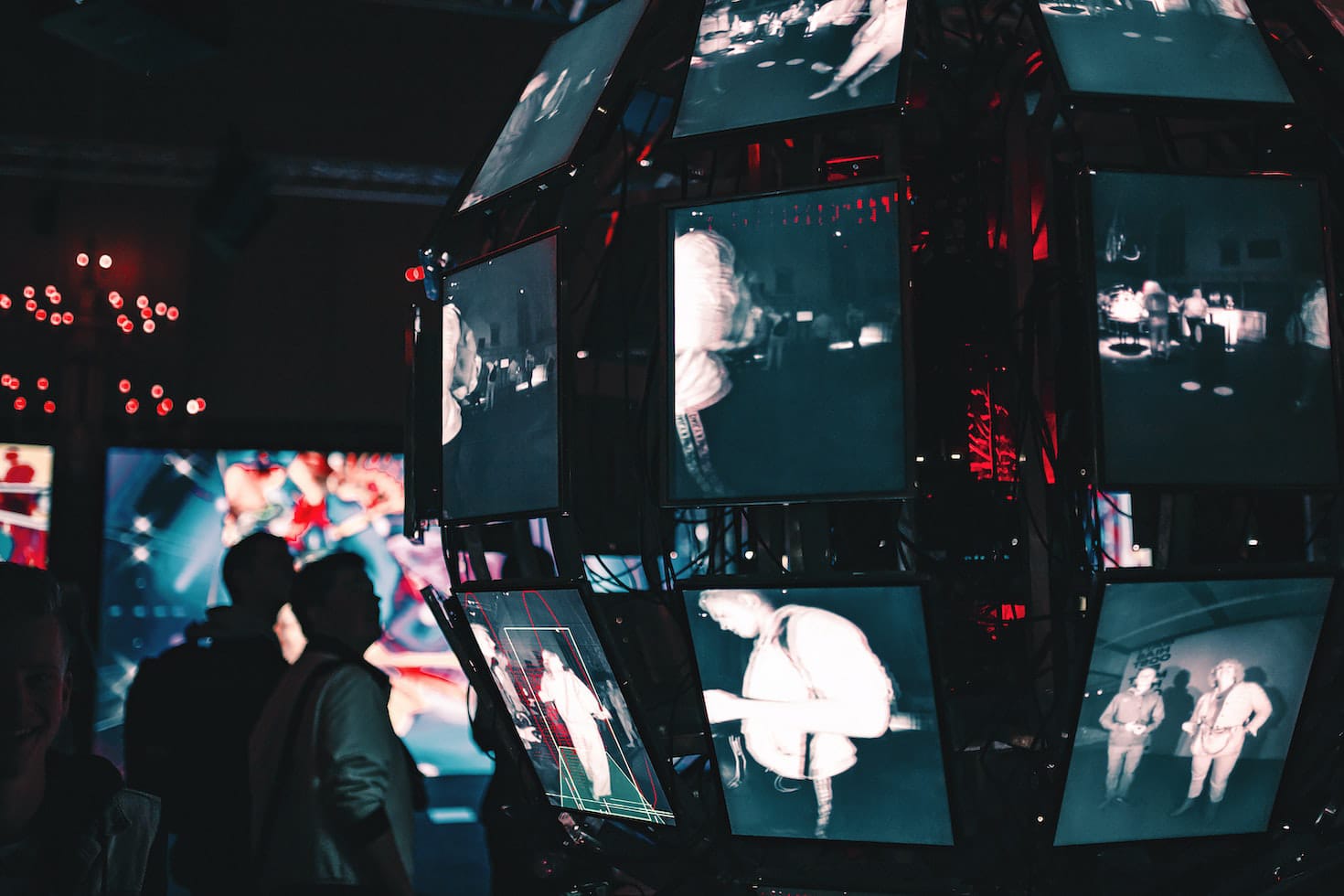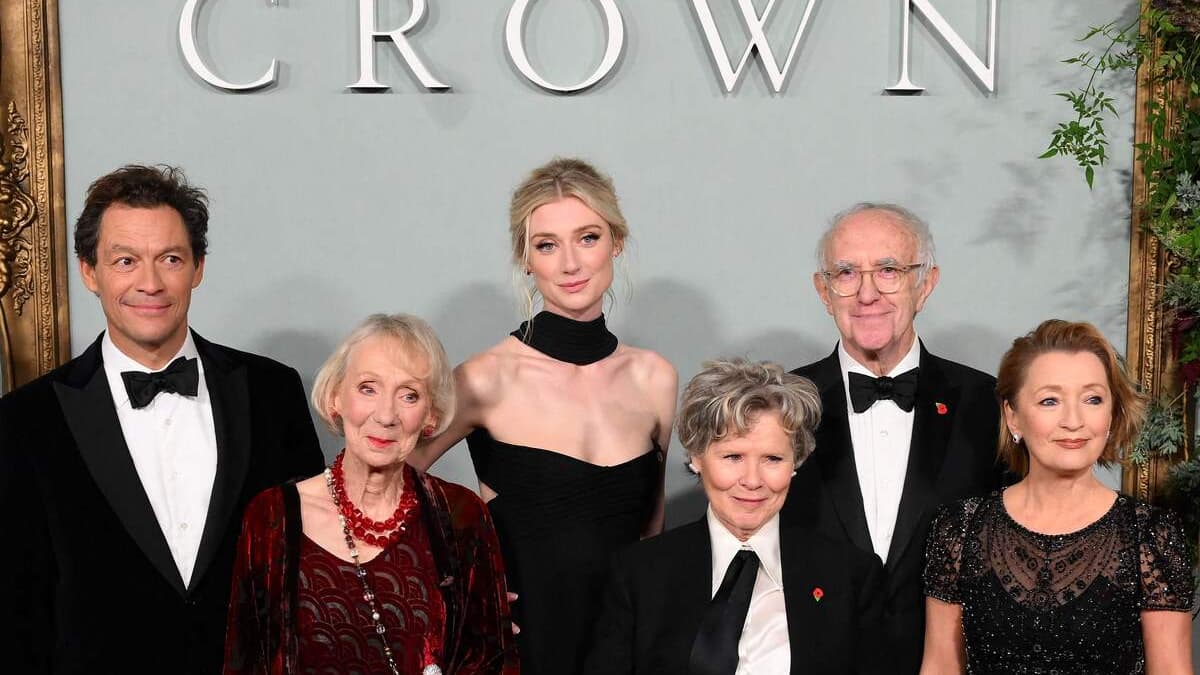The frontiers of technology continue to shape the global entertainment industry. Today, the vast majority of entertainment is digital, from music to film to games. The top companies and developers that work in these industries include some of the world’s most innovative tech minds who are looking to leave their stamp in the field.
Still, from the outside looking in, the average person may not appreciate just how interlinked technology and entertainment are. In casino gaming, one of the largest entertainment sectors in the world, technology plays a number of major roles. For example, online roulette players might be interested in playing a live game. In this case, players can interact with a real-life dealer as a game of roulette is live-streamed straight to their device.
This combines the convenience of at-home play with the social engagement of a trip to the actual casino. The growing number of players looking for live dealer options highlights two of the most important intersections of technology and entertainment: live streams and immediate access.
Today, consumers expect for their devices to give them access to instant content, whether an online roulette game, a video streaming service like Netflix or a platform like Twitch. And they don’t want to wait.
A Focus on Gaming
Above, we mentioned that film, music, and gaming were the largest entertainment sectors in the world. When broken down by revenue, there’s a clear standout: gaming. A study from Statista back in 2019 found that gaming accounted for $145 billion in global revenue… compared to $42 billion from film and $20 billion from music.
With so much money available, gaming has helped steer live-streaming technology. In fact, when Twitch launched back in 2011, it steadily became the global standard in live game streaming. This helped pave the way for new games, like the live dealer roulette mentioned above.
Today’s focus within live streaming is cloud gaming. Just like Netflix lets users stream movies and series without downloading or purchasing them, a cloud gaming account like the now-defunct Amazon Stadia would let gamers stream titles directly to their PC or console—no downloads needed.
The Streaming Revolution in Hollywood
Streaming technology is the future of gaming, but it’s already directly affected how movies and series are distributed by major networks. In the last ten years, the previous model for cable coverage has shifted toward online streaming platforms—and this technology is directly influencing how Hollywood writes and shoots movies and TV shows today.
While streaming has had a huge effect on budgeting, writing, and production, one of the biggest influences by way of technology has been on-screen size. Along with streaming capabilities, consumers today also want immediate access to their favorite content. That means mobile viewing for streaming platforms has skyrocketed in the last few years.
Instead of a 45-foot screen, they have a 5.5-inch Samsung Galaxy or iPhone display to work with. Today, creative professionals behind major movies and series are thinking about how their final product will work on a mobile device. This means there are more close-ups that convey emotion and brighter sets that can be seen on a smaller screen.
NFTs Looking to (Theoretically) Empower Indie Artists
Over the last five years, NFTs have become a focus of entertainment technology. Non-fungible Tokens, which run on a non-corruptible blockchain platform, promised to put the power back into the hands of artists. Creators of all stripes, from gamers to filmmakers to writers, could adapt their work into a digital NFT and maintain total control of the product.
Or that’s what many thought. In reality, NFTs have been viable for artists that have a foothold or direct experience in the tech world. Very few independent artists were able to leverage NFTs to help them sell their work. Instead, NFTs became the stomping ground for huge companies and influencers, like the NBA and Winklevoss Twins.
In other words, NFTs haven’t delivered on empowering indie artists—at least, not yet. However, as blockchain and crypto become more ubiquitous, it’s possible small-scale artists will be able to use NFTs to their advantage.

“Prone to fits of apathy. Introvert. Award-winning internet evangelist. Extreme beer expert.”











